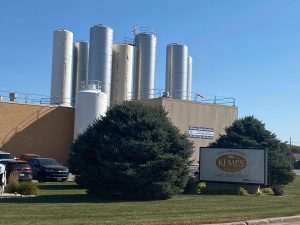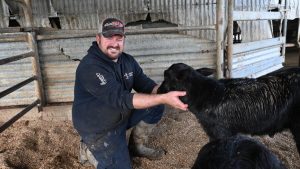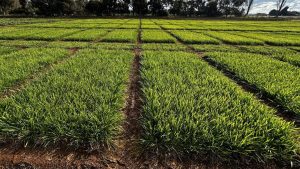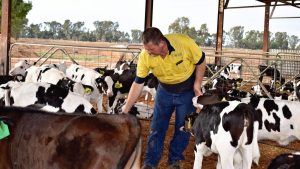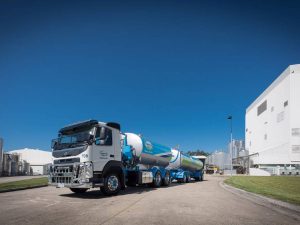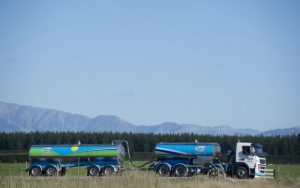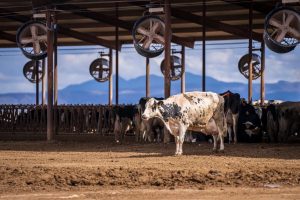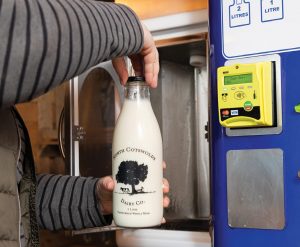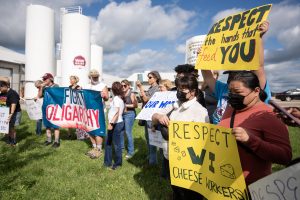“The mental load on people is just enormous. Farmers experienced a once-in-a-hundred-years event four years ago, and now they’re dealing with the same thing again,” Paul van Wel, regional manager of Dairy NSW, told The Australian Financial Review.
Entire herds of cattle have been lost in the floods, as well as fences, machinery and other infrastructure required to keep farms functioning. For those whose livestock and buildings were unscathed, isolation, low feed stocks and patchy power supplies meant cows could not be milked and are exposed to increasing health risks.
“These are the near-term problems, but the things people don’t realise is that by losing newly sown pasture, farmers have just doubled their recovery costs,” van Wel said.
Contrasting weather systems
“A lot of these paddocks just won’t be able to be re-established because they are covered in mud and debris, which has an impact for the next winter. So we’re talking about some really serious impacts here in terms of the costs of dairy production.
“For dairy farmers to re-establish, they are going to have to need a significant milk price to be able to allow them to have the cash flow to fund the rebuilding that will need to be done,” he said.
In other parts of the country, dairy farmers are being hit by
drought conditions. Farmers in South Australia and Victoria have been forced to buy hay from NSW, driving up feed prices and compounding costs for embattled farmers in the northern rivers.
The two contrasting weather systems will contribute to significantly constrained milk supply across the country, said Eliza Redfern, an analyst at Dairy Australia.
Farm gate prices – the price paid by suppliers to farmers for milk – are set on June 1, and limited supply is likely to push prices higher.
“We do have a tighter supply picture in Australia at the moment and that is likely to support a higher farm gate price for the beginning of the new season,” Redfern said.
“Then we will need to see how the market progresses, including the pressures on retail and export spaces, as to whether that warrants any additional price step-ups.”
Milk produced in northern NSW is largely retained for domestic consumption, while southern producers have a larger export market.
Beef producers have also been hit hard by the floods, but Meat and Livestock Australia said healthy national supply levels would constrain price rises.
A spokesman for Meat and Livestock Australia said supply chain impacts may have a small, short-term impact on price.
“But it’s important to note that there are plenty of sheep and cattle in Australia and we are seeing record production and slaughter. So there is more than enough meat hitting the shelves, and any price changes resulting from these floods will stabilise quickly.”
